
Dr Berkane, can you introduce yourself in a few words?
An obstetric gynecologist who qualified in 1993, I pursued my career in Paris for over 20 years, most of which as head of the Obstetrics Unit at the Tenon Hospital (APHP). Since 2014, I've been working in Geneva, first at the HUG and more recently at the Clinique des Grangettes.
The Tenon team is a pioneer in the management of women with pre-eclampsia, with the discovery of the preventive role of aspirin and the predictive markers of pre-eclampsia. I have thus been able to develop a strong expertise in the field of pre-eclampsia (clinical and research).
What is pre-eclampsia?
Pre-eclampsia is a condition that complicates around 3% to 7% of pregnancies, with potential risks for the mother and her unborn child(ren). It occurs after 20 weeks' amenorrhea (SA), most often in the last trimester of pregnancy.
While many aspects of this pathology are still poorly understood and the subject of much research, one thing is certain: pre-eclampsia is linked to placental dysfunction. This is why, in severe cases, delivery is proposed, i.e. the placenta is removed, but the baby(ren) must be born.
How many women are affected by pre-eclampsia in Switzerland?
It's difficult to obtain figures, as there is no register, but the pre-eclampsia rate is estimated at around 2%, or 1600-1900 pregnancies per year, which is lower than worldwide.
Can you tell us more about HELLP syndrome, a variant of pre-eclampsia?
HELLP syndrome, HELLP for Hemolysis (hemolysis), Elevated Liverenzymes Low Plateletcount is a severe form of pre-eclampsia, affecting the liver (destruction of liver cells), blood (destruction of red blood cells) and platelets (cells involved in blood clotting). Once the diagnosis has been made, the birth must take place within a few hours or days, as the risks for both mother and unborn child are real.
What types of women are more at risk?
Although the causes of pre-eclampsia are not yet known, certain risk factors have been identified, such as a history of pre-eclampsia, high blood pressure, diabetes, advanced childbearing age (> 35/40), autoimmune disease or being significantly overweight prior to pregnancy. In some cases, there are genetic factors: if you are of African origin, or if your mother, sister or several women in your family have had pre-eclampsia, the risk increases. Multiple pregnancies (twins, triplets, etc.) are also at risk.
What symptoms should make you suspect pre-eclampsia?
- The appearance of new hypertension and protein in the urine after 20 days' gestation.
- Sudden onset of water retention (edema), with swelling of the ankles, hands (you can no longer wear your rings) and face (puffy eyelids), and rapid weight gain.
- Other symptoms may indicate a severe form, such as persistent headaches, visual disturbances, or a feeling of pressure on the upper abdomen (epigastric bar). Last but not least, the presence of digestive disorders such as nausea or vomiting, and especially loss of consciousness with convulsions, are signs of a severe form.
How to detect it?
Classically
- Systematically during pregnancy consultations
The doctor will take the patient's blood pressure and look for proteinuria in the urine, in order to detect pre-eclampsia.
- In the event of symptoms
Pregnant women should be warned that the onset of any of the signs described above should lead to URGENT medical attention.
News
- As early as the1st trimester
An analysis (measurement of PlGF) carried out at the same time as the blood test for trisomy 21, combined with other 1st trimester parameters, can assess the risk of pre-eclampsia. If the risk is high (> 1/100, e.g. 1/85), a prescription for low-dose aspirin will be proposed. It should be noted that this blood test is not currently covered by insurance companies, and costs around CHF 40.
- When in doubt about the presence of pre-eclampsia
A blood test (sFlt1/PlGF ratio) can help rule out the diagnosis for the next 7 days (if the ratio is very low) with 99.3% reliability, or validate the suspicion if the ratio is very high. This blood test is paid for by insurance companies.
Is it serious for mother and baby?
The majority of pre-eclampsias will simply result in an induced birth, which will quickly put an end to the condition. In the end, the only thing the woman will have had to deal with is an induced delivery and treatment for hypertension. But we must never lose sight of the fact that pre-eclampsia remains a potentially serious illness, and is one of the leading causes of mortality and prematurity in unborn babies. Mothers can also suffer serious disorders such as uterine haemorrhage or stroke.
Finally, prematurity and/or low birth weight may leave sequelae for the child, and long-lasting cardiovascular risks for the mother (hypertension...).
Comment minimiser le risque de pré-éclampsie au cours de sa grossesse ?
Si un risque élevé de pré-éclampsie est suspecté, une prescription précoce (< 16 semaines) d’aspirine faible dose (100-150 mg) pourra diminuer le risque de pré-éclampsie ou de formes précoces.
To date, not all pre-eclampsia can be prevented, but everyone (doctors and women) needs to be aware of the following risk factors:
- Before pregnancy, during a consultation, the doctor will assess the risk, taking into account the patient's age, weight, history and current pathologies (hypertension, diabetes, lupus, etc.).
- A blood test (to measure PlGF) combined with a blood test can also identify a high risk.
- Of course, at every pregnancy check-up, the doctor will check for the absence of high blood pressure and protein in the urine.
- Finally, every woman should be aware of the signs (headaches, swelling of the ankles and/or hands, etc.) that should lead her to seek medical attention.
How is pre-eclampsia treated?
Hospitalization is essential to monitor mother and unborn child(ren). Regular blood, urine and ultrasound tests, as well as fetal heart recordings (monitoring), are performed.
The mother may need to be monitored in continuous care before and/or after delivery.
Anti-hypertensive drugs treat the symptoms, not the disease. They should only be prescribed in cases of severe hypertension, and should not reduce the mother's blood pressure below 140/90 mmHg (14/9).
An anti-convulsant medication, magnesium sulfate, may be indicated if cerebral damage is marked (headaches, sharp reflexes, visual disturbances, etc.) and generally in cases of severe forms.
Intramuscular corticosteroid injections are given to the mother if pre-eclampsia occurs before 34 days' gestation. They cross the placenta and their ultimate aim is to promote maturation of the lungs of the fetus(es). In the event of a birth before 32 weeks' gestation, magnesium sulfate is given to the mother. This drug crosses the placenta and has protective effects on the brain of very premature babies.
The only known curative treatment is childbirth.
What is the medical follow-up after pre-eclampsia?
In the 6 weeks following childbirth (in the books), but especially in the 15 days following childbirth (in practice), pre-eclampsia can worsen or appear.
A check-up with your gynecologist is necessary at 6 weeks, but if you've had a severe form, a specialized consultation (obstetrician/doctor specializing in high-risk pregnancies) is essential.
If you had pre-eclampsia in your first pregnancy, are you more likely to have it again in your second?
A woman who has had pre-eclampsia is more likely to have pre-eclampsia (there are no consensus figures), especially if she has other vascular risk factors (autoimmune disease, hypertension, diabetes, overweight), or if she has had a severe and/or early form of pre-eclampsia, or if she has a history of pre-eclampsia.
It is therefore important to be well monitored for future pregnancies, and ideally to have a check-up with your gynecologist or doctor specializing in high-risk pregnancies before starting a new pregnancy).
But I'll end on a positive note. Indeed, 2 points should reassure us: the1st is that the majority of women who have had pre-eclampsia will not have a recurrence, and the2nd is that there is a preventive treatment, which admittedly doesn't always work, but nevertheless. This treatment is aspirin in "infant doses" (100 or 150 mg/d). Don't forget to take folic acid at least one month before conception, and vitamin D during pregnancy, which may have a protective effect against pre-eclampsia.


Dr Nadia Berkane
Specialist in gynecology and obstetrics


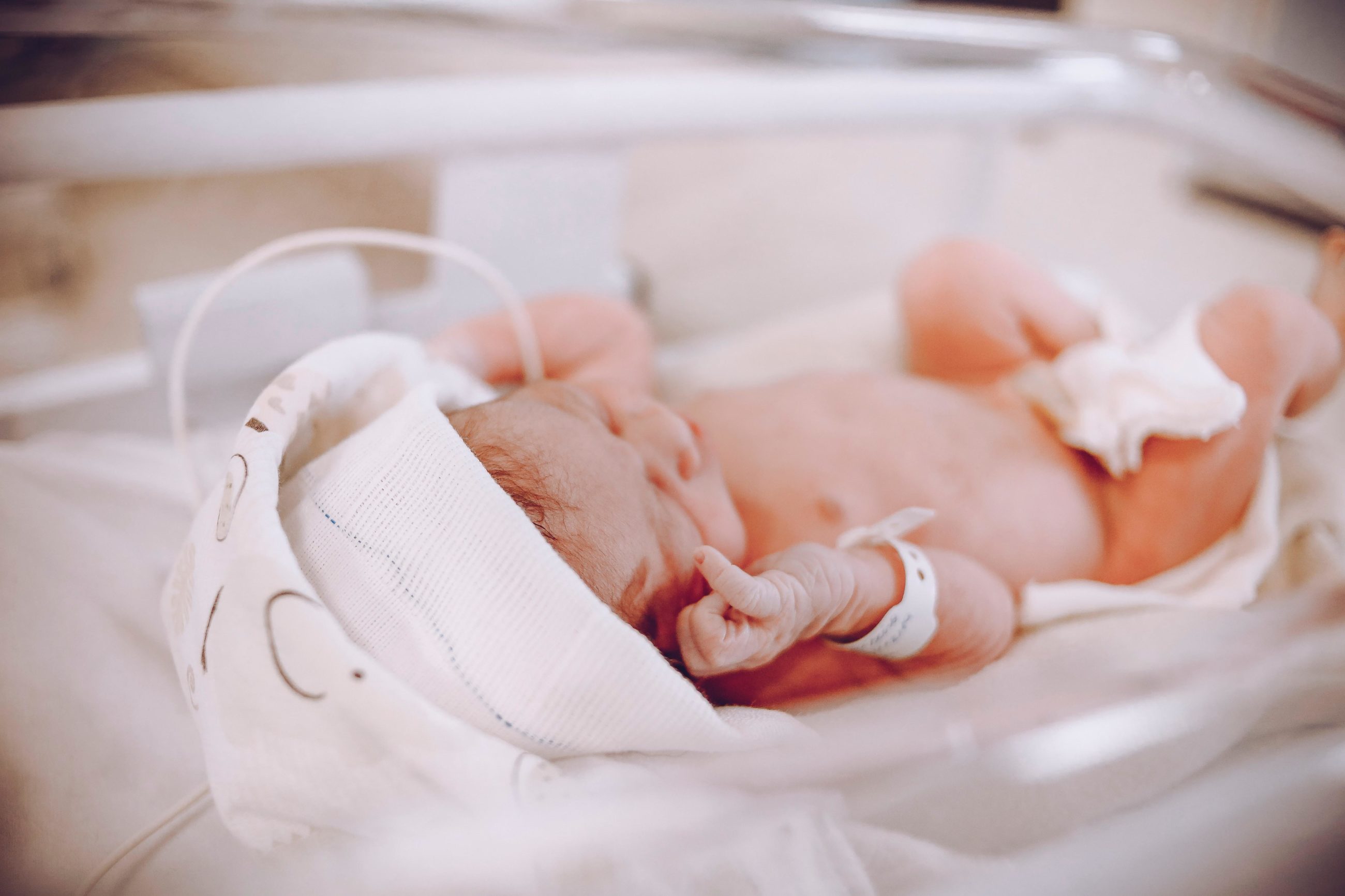


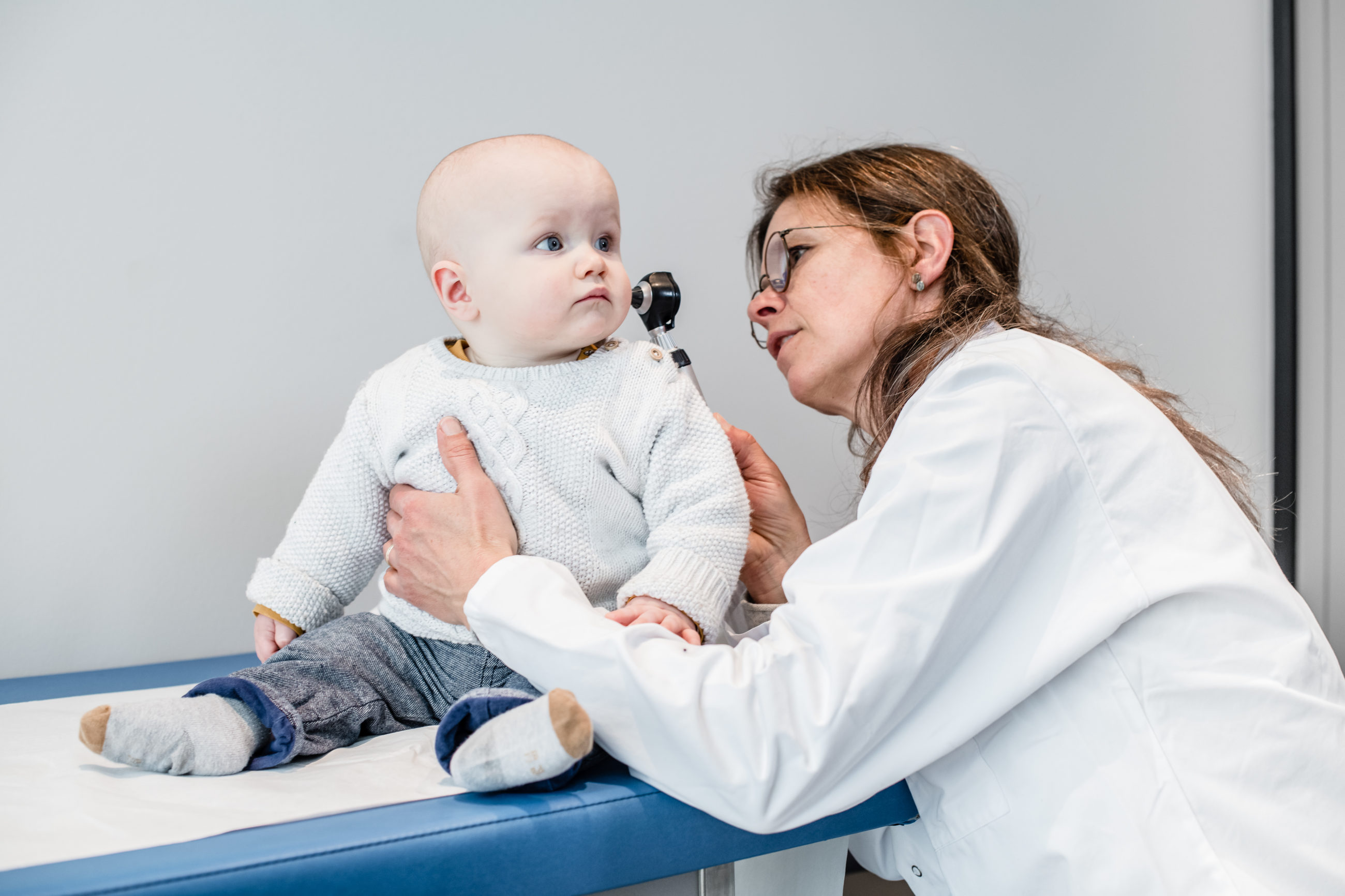
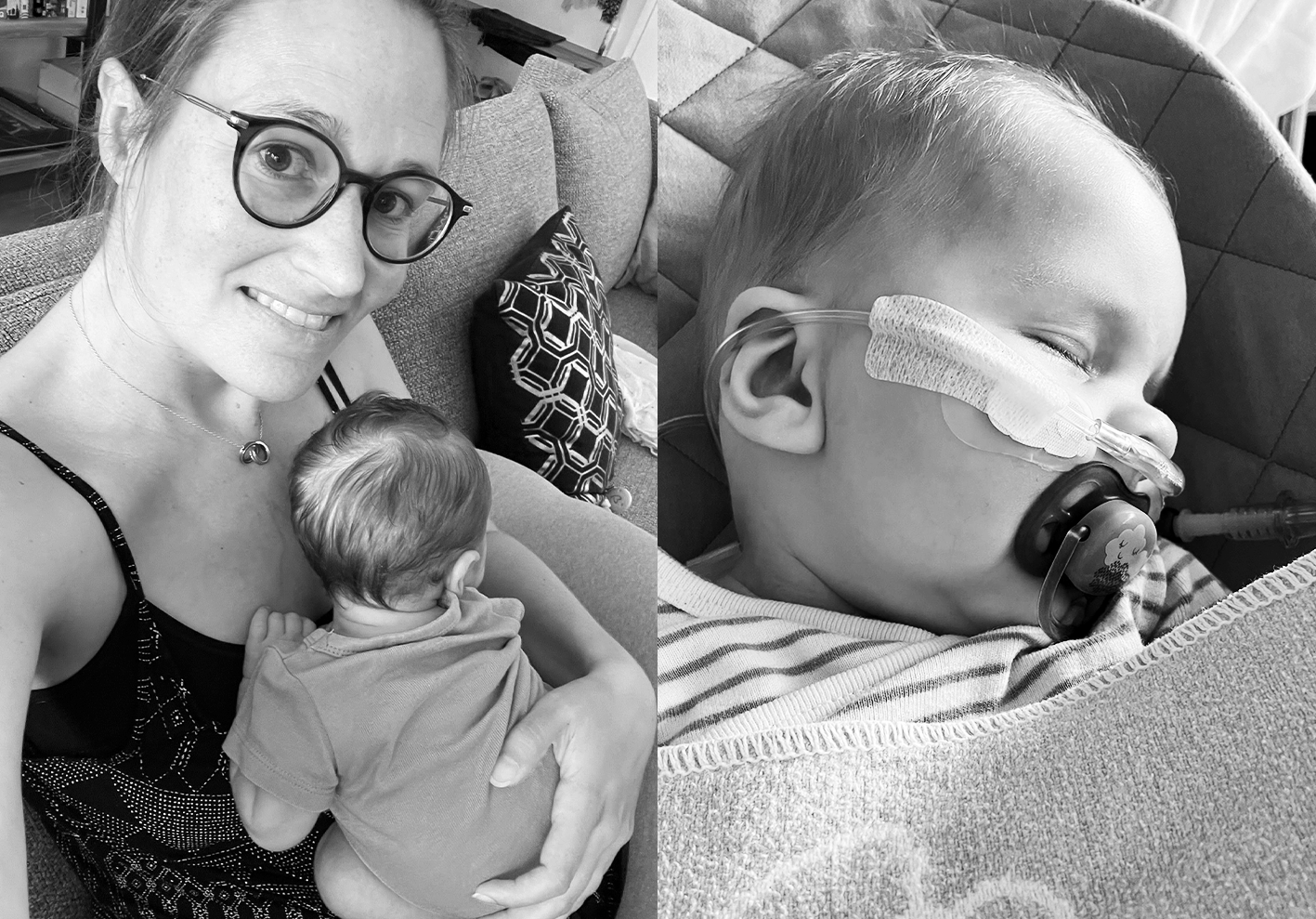

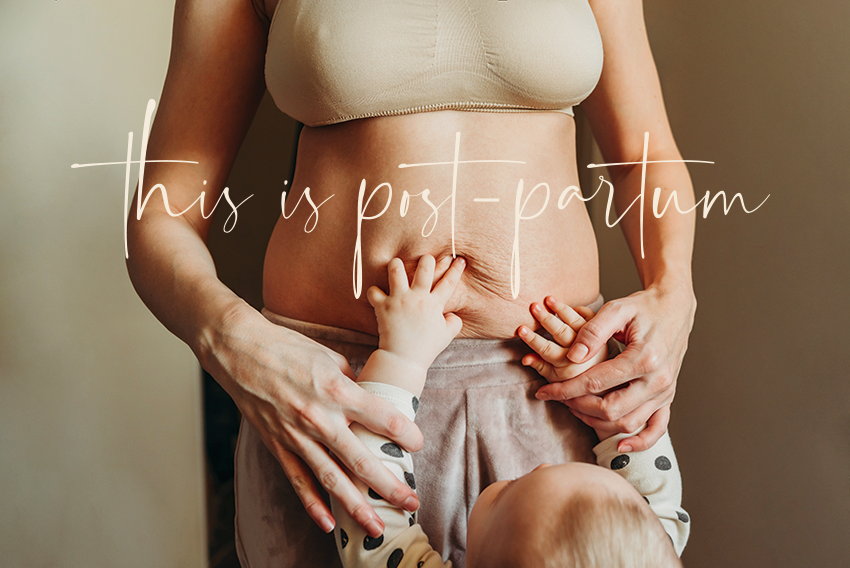



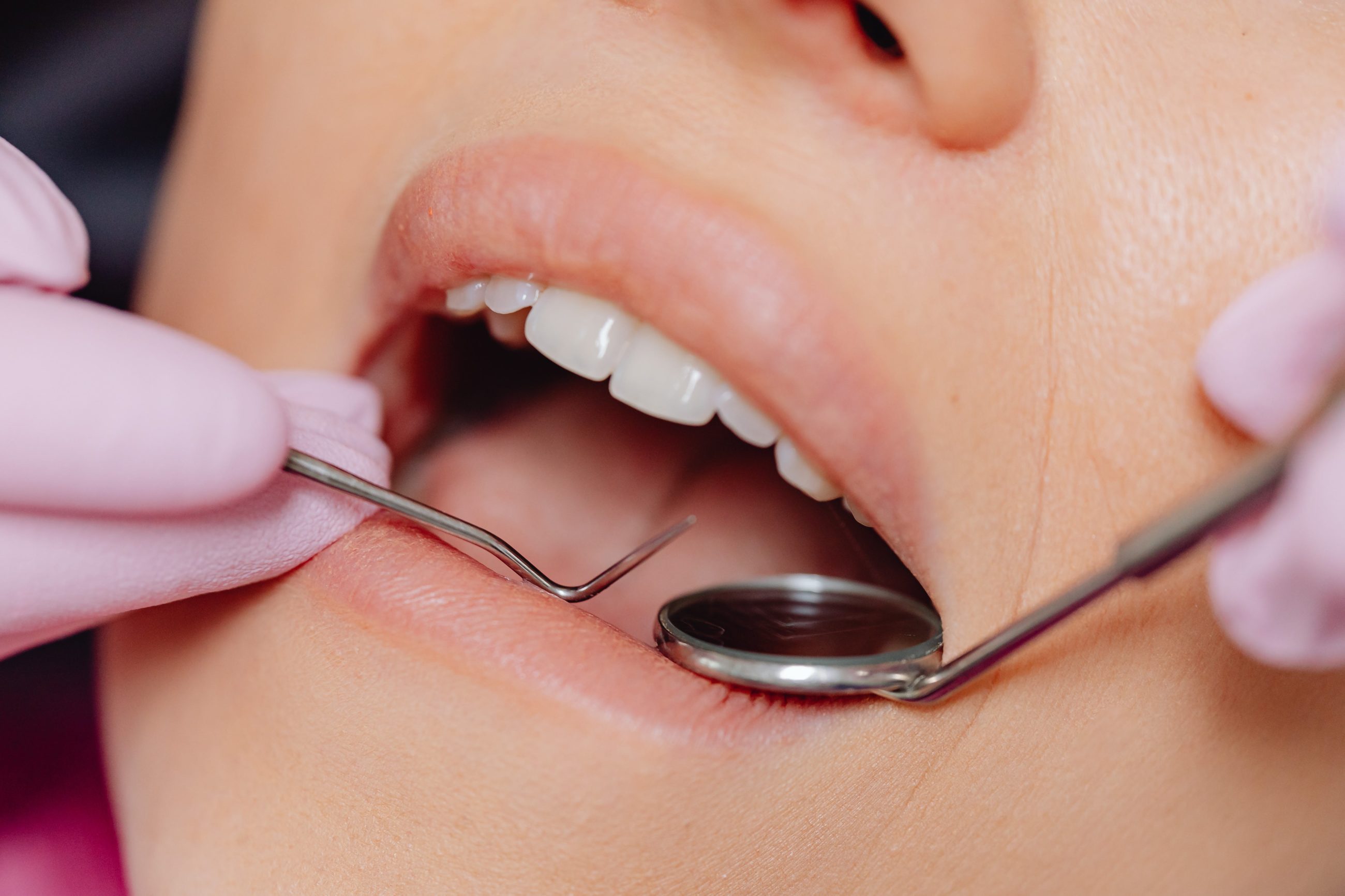







Share this article